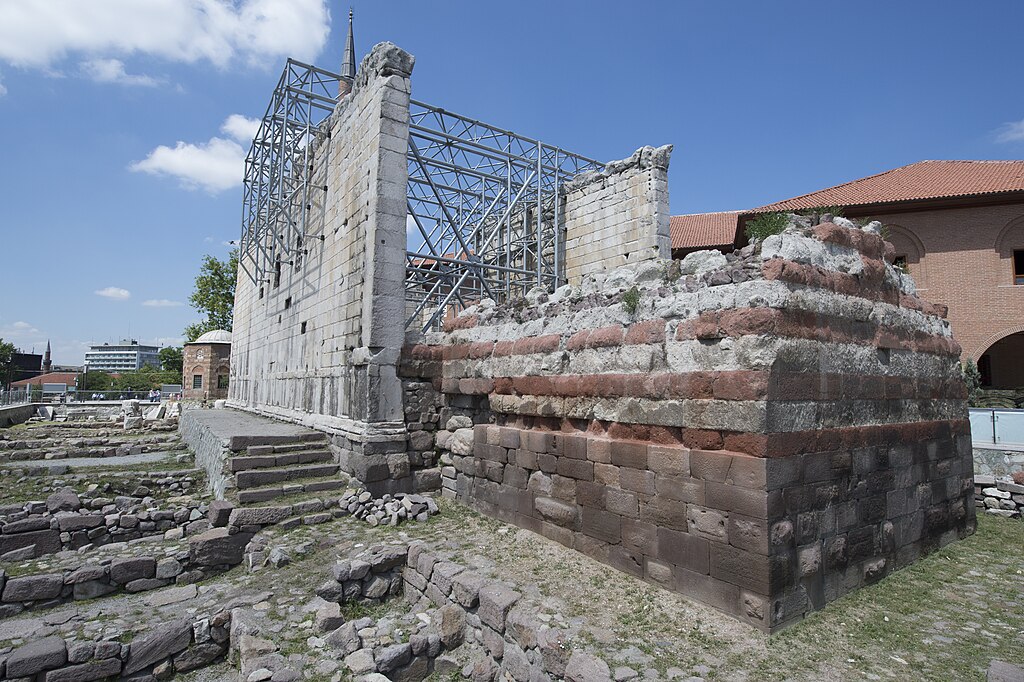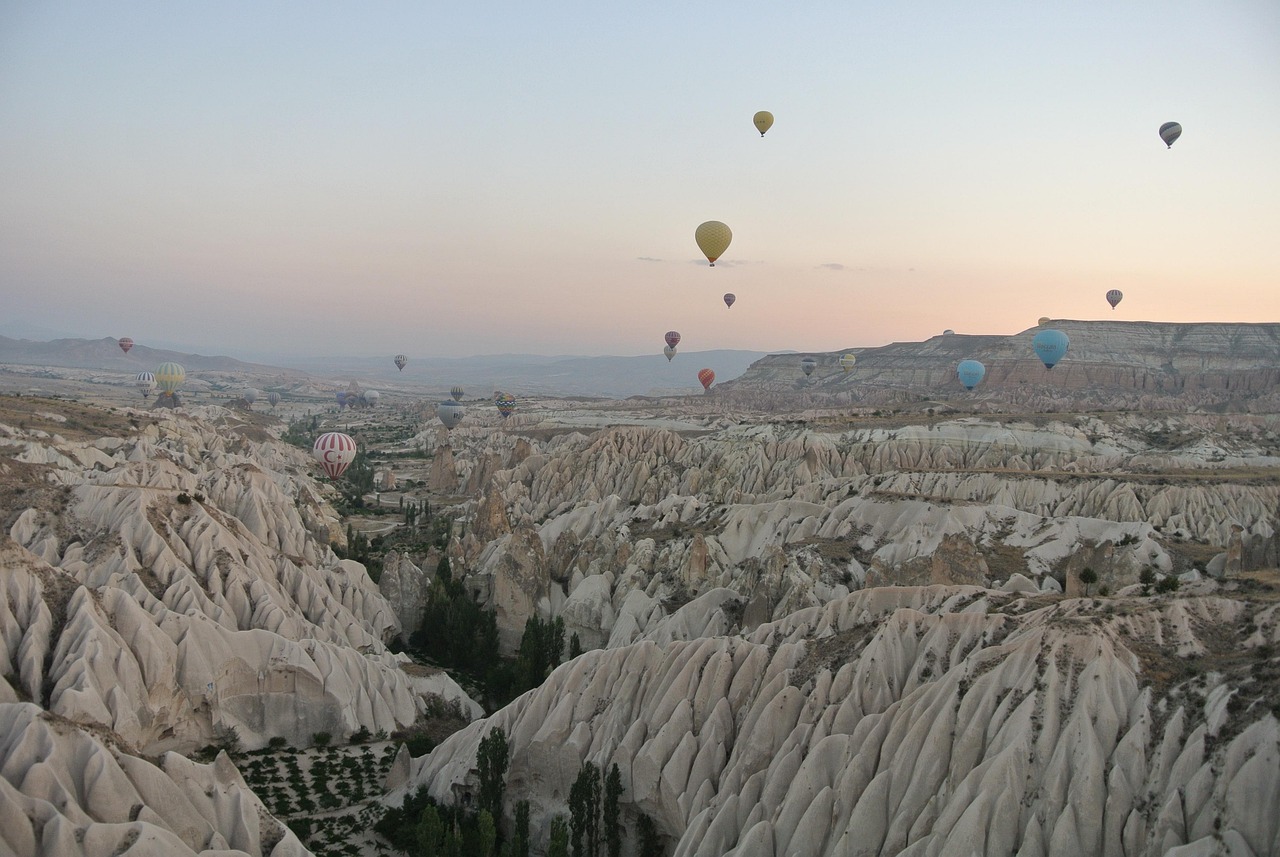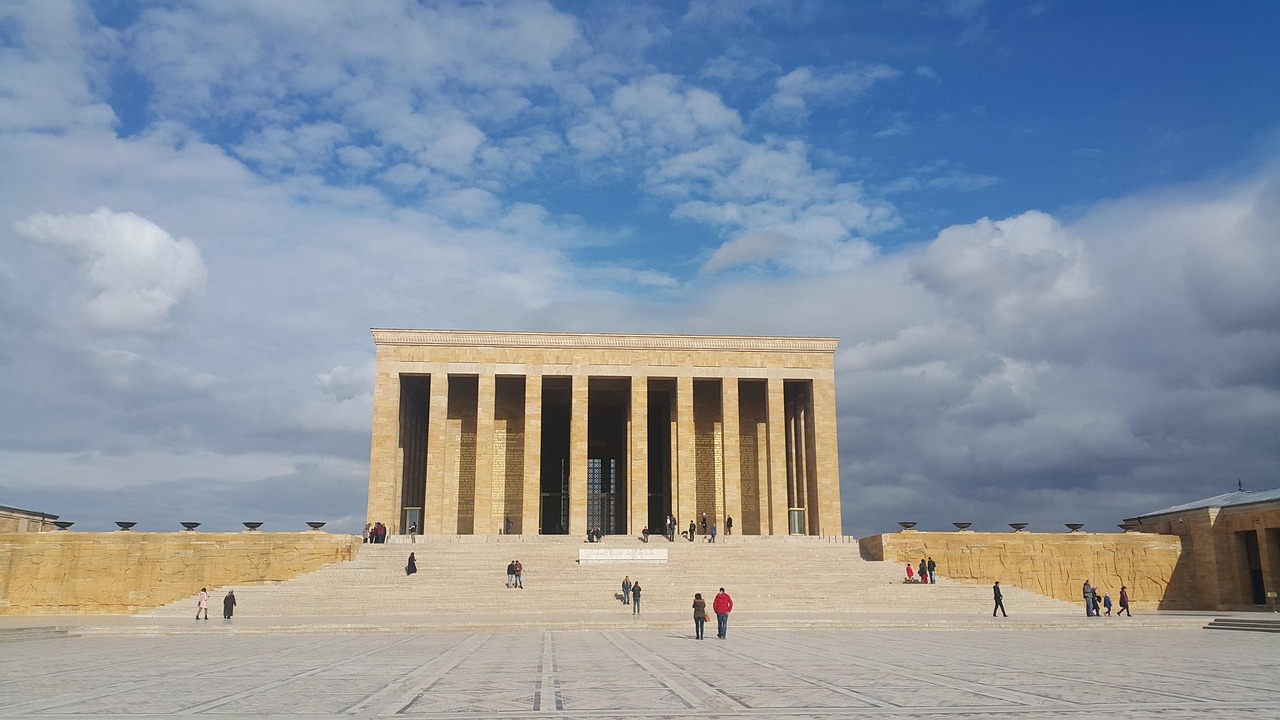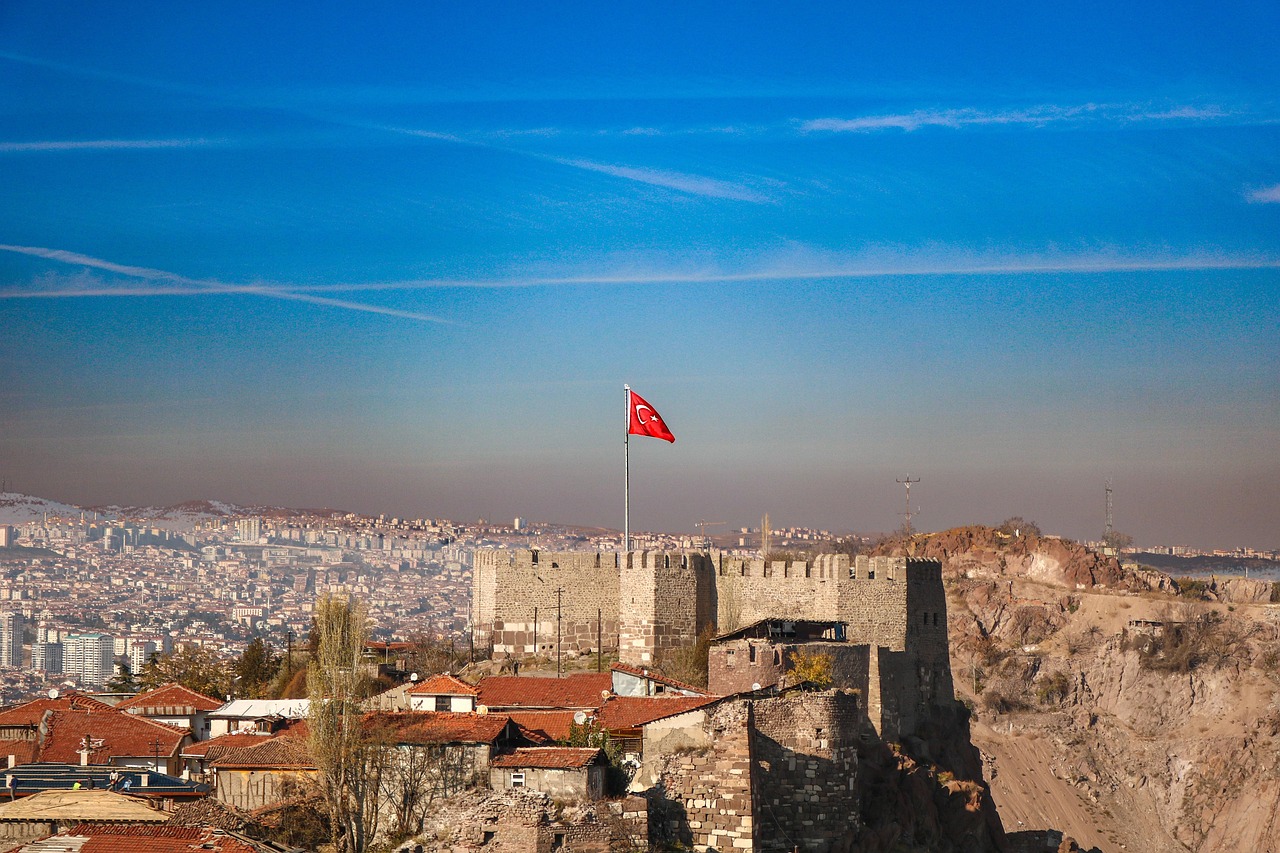Temple of Augustus and Rome
Roman Site in Ankara

Located in the Altındağ district near the Hacı Bayram Mosque, the Temple of Augustus and Rome is one of Ankara's most historically significant landmarks and among the best-preserved Roman sites in central Anatolia. Built around 25–20 BC, the temple marks the Roman Empire's expansion into the Galatia province and stands as a testament to the enduring legacy of Emperor Augustus. Although only parts of its structure remain, the site's inscriptions — known as the Monumentum Ancyranum — have made it world-famous among historians and archaeologists.
History and Significance
The Temple of Augustus and Rome was built shortly after the Roman conquest of central Anatolia, replacing an earlier Phrygian temple destroyed in the 2nd century BC. Dedicated to Emperor Augustus and the goddess Roma, the temple symbolized imperial power and divine authority. Inside its walls, the emperor's accomplishments were immortalized through inscriptions known as Res Gestae Divi Augusti — a monumental autobiography etched in Latin and Greek.
These inscriptions remain the most complete surviving copy of Augustus's self-written record, describing his rise to power, military victories, and contributions to the empire. When the site was rediscovered and documented in 1555 by Ogier Ghiselin de Busbecq, an ambassador of Ferdinand of Austria, it became an invaluable source for classical studies. Today, the Temple of Augustus is considered one of the top sights in Ankara for its combination of Roman heritage and deep historical resonance.
Things to See and Do
Visitors can explore the temple's surviving side walls and ornate doorway, where Latin and Greek inscriptions still faintly trace the emperor's achievements. The outlines of the original six-column façade are visible, offering an evocative sense of the building's original grandeur. Despite centuries of decay, the site continues to inspire awe, particularly for those fascinated by ancient history and the spread of Roman influence in Anatolia.
Standing beside the mosque of Hacı Bayram Veli, the temple creates a striking juxtaposition between two eras — the classical and the Islamic — symbolizing Ankara's layered past. This unique pairing makes the area one of the best places to visit in Ankara, offering a rare opportunity to see how empires and faiths have overlapped through the centuries. It is also a great place to visit on a walking tour of Ankara, as several other ancient landmarks are within walking distance.
Is the Temple of Augustus and Rome Worth Visiting?
Absolutely. The Temple of Augustus and Rome is not just an archaeological site; it is a cornerstone of world history. For anyone interested in ancient civilizations, Roman architecture, or Turkey's deep historical roots, this site is a must. While the ruins are modest in size, the inscriptions they bear are priceless, making it one of the must-see places in Ankara for curious travelers and history enthusiasts alike.
Practical Information
- Best time to visit: Spring and autumn for mild weather and fewer crowds.
- Opening hours: Open-air site, accessible during daylight hours.
- How long to spend: 30–45 minutes.
- Accessibility: Uneven ground; moderate mobility required.
- Facilities: Limited; nearby cafés and shops in the Hacı Bayram area.
- Photography tip: Capture the temple walls in the soft morning or late-afternoon light for best results.
- Nearby food options: Local restaurants and tea houses in Ulus and Hacı Bayram districts.
How to Get There
The temple is located in the Hacı Bayram district of Altındağ, just a short walk from Ulus Square and central Ankara. Visitors can take the metro to Ulus Station and continue on foot (approximately 10 minutes). Taxis and city buses also stop near the mosque area. For those exploring nearby sites such as the Ankara Citadel or the Museum of Anatolian Civilizations, the temple is conveniently located along the same route.
Nearby Attractions
The Temple of Augustus and Rome sits next to the Hacı Bayram Mosque, another major spiritual and cultural site. Within walking distance, you can also explore the Ankara Roman Theater, Ankara Citadel, and the Museum of Anatolian Civilizations, each offering insight into different layers of the city's history. The surrounding Ulus district is filled with historic streets, markets, and cafés — the perfect place to continue exploring after your visit to this remarkable Roman relic.
The Temple of Augustus and Rome appears in our Complete Guide to Visiting Ankara!
This website uses affiliate links which may earn a commission at no additional cost to you!
Visiting Temple of Augustus and Rome
Nearby Attractions
- Hacı Bayram Mosque (0.0) km
Mosque in Ankara - Column of Julian (0.2) km
Roman Site in Ankara - Ankara Roman Theater (0.3) km
Roman Site in Ankara - Ulus Square (0.4) km
Monument and Square in Ankara - War of Independence Museum (0.5) km
Museum in Ankara - Roman Baths of Ankara (0.5) km
Roman Site in Ankara - Museum of Anatolian Civilizations (0.7) km
Museum in Ankara - Erimtan Archaeology & Art Museum (0.8) km
Museum in Ankara - Ankara Citadel (0.8) km
Castle in Ankara - Melike Hatun Mosque (0.9) km
Mosque in Ankara


